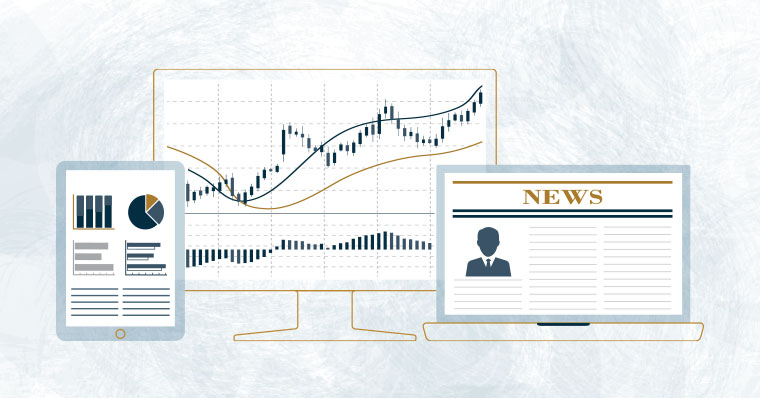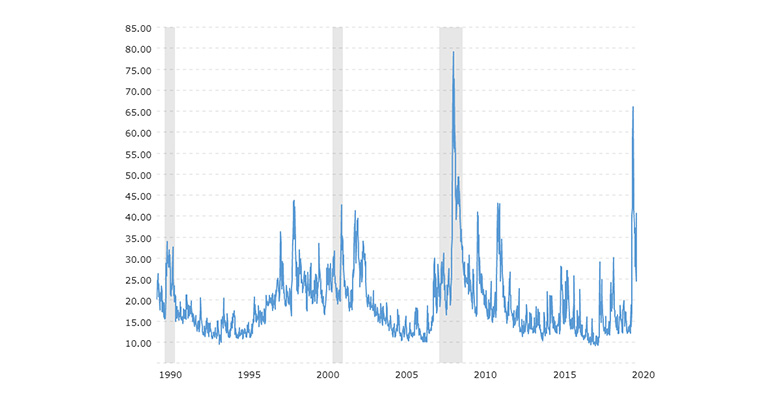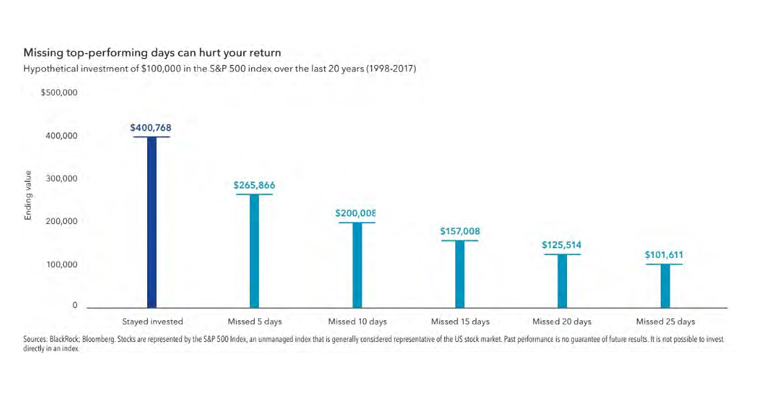Current events are putting strain on global markets and causing unpredictable daily returns and losses. It can be tempting to act quickly, but fear can often lead to bad investment decisions. Here’s our advice for navigating these situations.

Global markets are currently experiencing downward valuation pressure not seen since the 2008 global financial crisis. We are also seeing levels of intra-day volatility that exceed expected annual volatility levels. What’s clear is that we are certainly in a period of high market volatility. With volatility having been low over the past decade, some investors could be excused for forgetting what this feels like.
What is volatility and should we fear it?
Volatility is the measure of risk that indicates the degree to which the price of a stock deviates from its long average. Risker stocks (and markets, sectors and asset classes) deviate more. In general, investors are compensated for greater volatility with higher returns but that is not always the case. Understanding the expected volatility of one’s investment portfolio is an important metric for any investor. Tolerating volatility opens the door to higher long-term returns.
How do current events measure up to the past?
One of the best ways to assess volatility is estimated by the Chicago Board Options Exchange Volatility Index, more commonly known as the VIX index. Many also refer to this as the “fear gauge”. In more technical terms, it measures the aggregated weighted prices of the S&P 500 puts and call options over a wide range of strike prices. When the VIX is rising, volatility is rising.
When we look at the VIX index in the graph below, you will see that we have not seen a spike in “fear” to this degree since the 2008 global financial crisis. As seen with the previous crisis, high levels of volatility do not last forever and one should expect confidence to return. However, ill-thought-out reactions to periods of market fear can lead to significant impact in the way of returns to a portfolio.

Source: macrotrends.net
Should you run for cover until things return to 'normal'?
Markets generally rise over time and equity markets generally rise faster than inflation. However, they deviate significantly around the average over time. Timing the market requires two decisions that both need to be timed perfectly, that is, a decision to sell and a decision to buy back in. Research suggests getting either wrong can be costly. The graph below illustrates how a hypothetical equity investment would have been affected by missing the best performing days over a 19-year period from 1998 to 2017.

Can a financial planner add value during times of increased market volatility?
Having a good relationship with your financial planner cannot be understated. They can help you step outside current concerns and take a bird’s eye view of the situation in order to make calm and informed decisions. They can also help you better prepare yourself and your investment portfolio to handle these uncertain periods.
As part of the investment process, you are asked to complete a risk questionnaire in order to help your planner gain a sense of the level of risk you’re comfortable taking within your portfolio. This establishes how best to set up your portfolio asset allocation (aiming to balance risk and reward in the allocation of assets according to your goals, capacity for loss and investment timeline). You should then be in a better position; you know that market volatility is expected and that your portfolio has been positioned in such a way that allows a margin of volatility you’re comfortable with. This leads to a much better investment experience.
Volatility should not be feared, and you certainly should never be surprised by it. Importantly, your investment strategy should be structured around expected levels of volatility that are built into the plan. Sticking to the plan then becomes part of the plan when things get bumpy.
Speak to us about cross-border financial planning to see how we can create the right offshore solution for your needs. Email wealth@sableinternational.com or call +27 (0) 21 657 1540 or +44 (0) 20 7759 7519.
We are a professional services company that specialises in cross-border financial and immigration advice and solutions.
Our teams in the UK, South Africa and Australia can ensure that when you decide to move overseas, invest offshore or expand your business internationally, you'll do so with the backing of experienced local experts.
